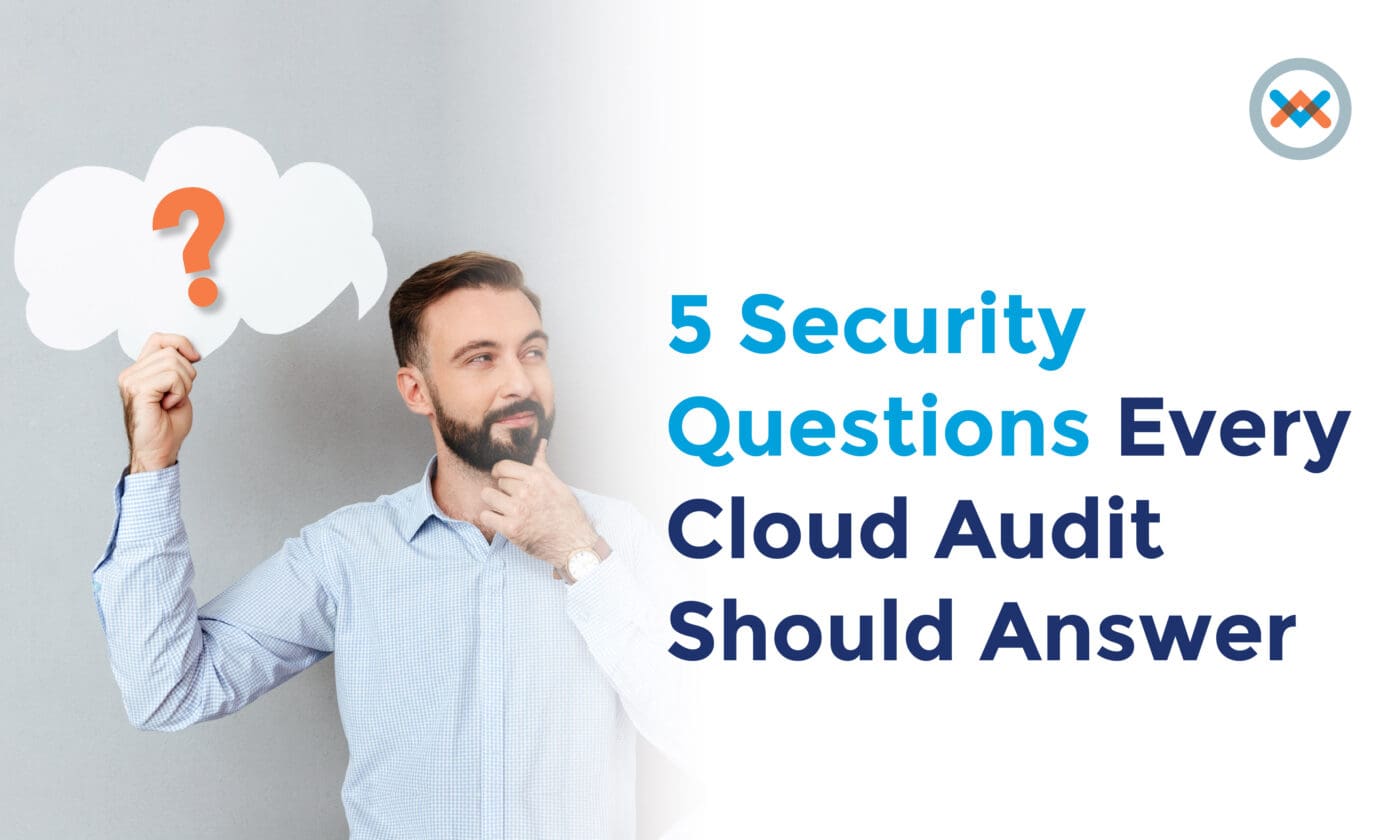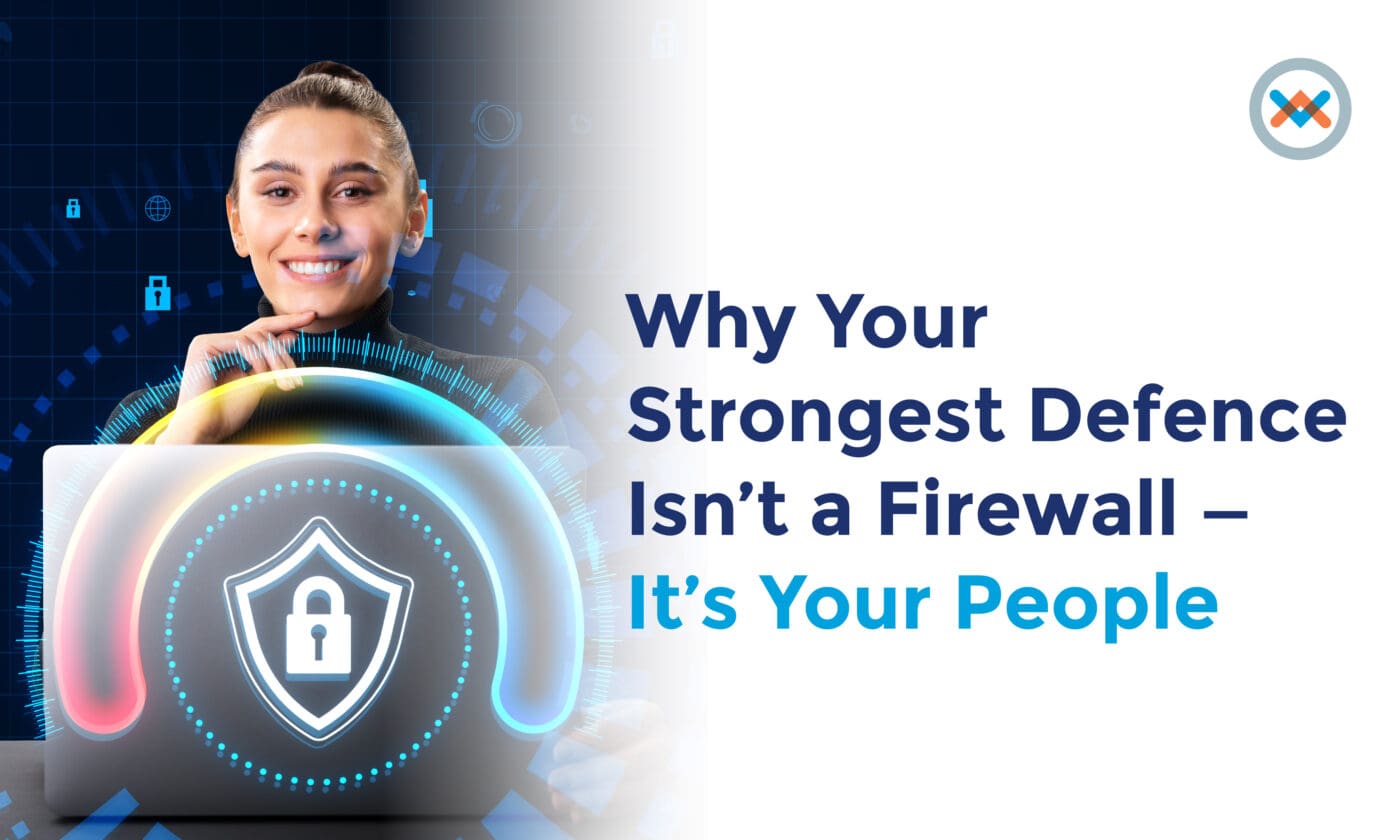Every October marks National Cybersecurity Awareness Month (NCSAM) — a reminder that digital safety isn’t just an IT concern, it’s everyone’s responsibility.
From global enterprises to small startups, every organization faces evolving threats that test not only systems but also people. This month is an opportunity to pause, reassess, and strengthen the habits that protect data, customers, and reputations.
Cybersecurity isn’t about fear — it’s about readiness and awareness. The more informed and prepared your people are, the smaller your risk becomes.
Understanding the Threat Landscape
Today’s cyber threats are more complex and persistent than ever. Attackers no longer rely solely on brute-force methods; instead, they exploit human error, unpatched systems, and weak configurations.
Phishing, ransomware, social engineering, and zero-day exploits dominate today’s threat landscape, and none of them discriminate by company size or industry. Understanding where attacks begin helps teams prioritize what to defend first.
Ask yourself:
- What data would most impact operations if compromised?
- Which systems are most exposed to the internet?
- Who in your organization is most likely to be targeted?
The answers guide your security priorities and make prevention more strategic than reactive.
Top Cybersecurity Tips
Use Strong, Unique Passwords
Weak and reused passwords make easy targets. Create long, unique combinations and use a password manager to keep them safe — it’s the simplest way to protect access without relying on memory. Strong password hygiene is the first line of defense against unauthorized access.
Enable Multi-Factor Authentication (MFA)
Passwords alone can’t stop attackers. Add an extra layer with MFA — a code, app, or fingerprint — to block unauthorized access, especially for emails, VPNs, and cloud logins. MFA drastically reduces the risk of credential-based breaches — especially for cloud applications and remote access.
Stay Alert to Phishing Attempts
Cybercriminals often disguise messages as trusted sources.Don’t click impulsively, and always verify the sender. Regular training helps teams recognize and report threats before they cause real damage. Phishing prevention training is one of the most effective cybersecurity awareness activities any company can run.
Keep Software Updated
Unpatched systems invite attackers. Turn on automatic updates for apps, browsers, and devices. Even small updates close big security gaps, keeping systems safer every day.
Secure Devices and Networks
Hybrid work widens your risk surface. Protect every device with strong passwords, encrypted Wi-Fi, and remote-wipe options. Safe connections keep both data and teams protected anywhere they work.
Use a VPN on Public Wi-Fi
Public networks are easy hunting grounds for hackers. Use a VPN to encrypt your data whenever connecting outside secure networks, especially in airports, cafés, or hotels.
Advanced Cybersecurity Best Practices
Once the basics are covered, improving cybersecurity posture requires a mix of policies, monitoring, and culture.
Regular Backups and Recovery
Data loss is inevitable — recovery shouldn’t be. Follow the 3-2-1 rule: three copies, two formats, one offsite. Test backups often so you know they’ll actually work when disaster strikes. Regular, automated data backups are essential to cyber resilience and disaster recovery.
Continuous Awareness Training
Human error opens most security gaps, but short, consistent training can help build lasting habits. Teach your team to recognize scams, report incidents fast, and treat cybersecurity as part of everyday work.
Apply the Least-Privilege Principle (PoLP)
Give access only where it’s needed. Review permissions regularly, especially after role changes. Fewer privileges mean fewer risks, and a cleaner, more secure environment overall.
Monitor, Log, and Alert
Visibility prevents surprises. Use monitoring tools to track unusual activity, and set alerts for critical systems. Regular log reviews help you spot small issues before they turn into real problems. Security monitoring and logging provide early warning against potential intrusions or insider threats.
Build a Security-First Mindset
Technology can fail — culture shouldn’t. Create an environment where employees feel safe speaking up about mistakes or suspicious behavior. The faster people share, the faster your business recovers.
Monthly Campaign Ideas
Keep engagement high by running themed activities each week — short, interactive, and fun. Awareness sticks better when learning feels interactive and relevant — not like another checklist.
Week 1: Passwords & Authentication
Host a “Password Health Check Day”. Encourage employees to test password strength, enable MFA, and switch to password managers. Reinforce the message that strong authentication protects both personal and company data.
Week 2: Recognizing Phishing & Social Engineering
Run a phishing simulation challenge. Reward employees who spot and report fake emails quickly. The goal isn’t to catch mistakes, it’s to teach awareness and response.
Week 3: Device, Data & Wi-Fi Security
Share short infographics or videos about safe remote work. Remind staff to secure home Wi-Fi, update devices, and use VPNs on public networks. Make security part of daily digital habits.
Week 4: Incident Reporting & Cyber Culture
Recognize your “Cyber Heroes” or employees who report threats, share tips, or help others stay secure. Highlighting these examples turns awareness into action and reinforces that cybersecurity is everyone’s responsibility.
Conclusion
Cybersecurity isn’t a one-month event — it’s an everyday habit. The strongest organizations are those where security is second nature: where people question before clicking, verify before trusting, and communicate before panicking.
This National Cybersecurity Awareness Month, take the next step toward a security-first culture.
Talk to Wowrack today to strengthen your organization’s cybersecurity posture — from employee training and awareness to cloud protection, threat monitoring, and incident response.







